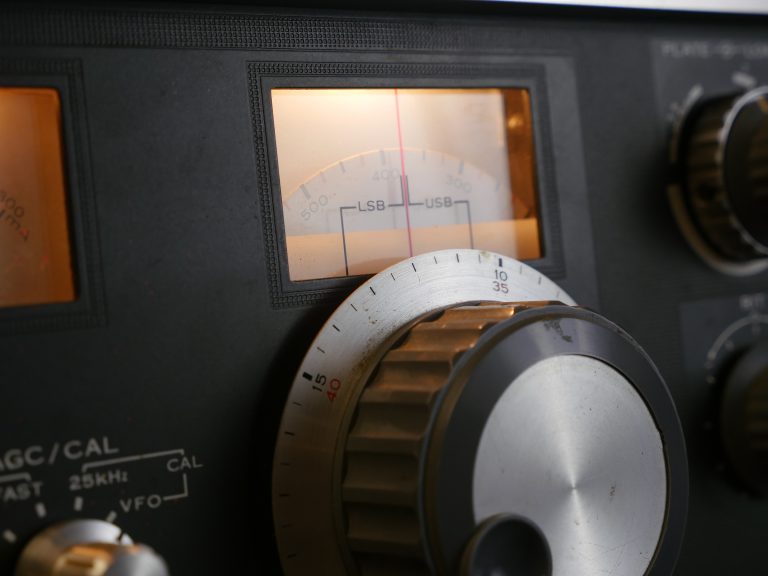
Creating an ultra-low-powered radio device has always been thought impossible because it would rely on perpetual motion to generate energy. That’s because the second law of thermodynamics, one of the primary laws of physics that scientists believe in, states that these machines aren’t possible. But now, a group of scientists may have managed to do just that without breaking that second law.
According to a post by engineers Joshua R. Smith and Zerina Kapetanovic on The Conversation, building an ultra-low-powered radio device didn’t require them to break the laws of physics. Instead, it required them to look at the problem differently.
Usually, the simplest form of radio would require a switch that delivers a powered signal source. However, they showed in their research that you could use random thermal noise to power it. This was made possible by keeping electrons in a separate resistor at room temperature. Other electrons in an antenna were then kept at a different temperature, allowing the ultra-low-powered radio to work.
These different temperatures allow the warmer electrons to create noise when interacting with the cooler ones, which creates the small amount of power needed to run the ultra-low-powered radio device that the engineers created. They outline the device and the process used for it in a paper published in Proceedings of the National Academy of Sciences. Based on those notes, the researchers say that the resistor required no power, but the antenna used around two watts to keep cool.
The ultra-low-powered radio device ends up working similarly to what engineers call a backscatter device, which does something similar but in a more complex way.
It's an intriguing idea, and based on the outlines shared in the report, it doesn’t appear that the researchers broke any laws of physics to make it work. However, working within the laws of physics has always been tricky, and some physicists even believe that these laws of physics don’t actually exist, and that we’d be better off not taking them into account in most cases.
The post Remarkable new system can transmit radio waves with almost no electricity appeared first on BGR.
Today's Top Deals
- This $16 clip-on lens kit fits the iPhone or any Android phone, and it’s awesome
- Amazon deal offers a 7-inch Android tablet for under $43
- Save 61% on a 6-port USB rapid charger on Amazon
- Save 75% on a Canon black and white multifunction laser printer on Amazon
Remarkable new system can transmit radio waves with almost no electricity originally appeared on BGR.com on Mon, 30 Jan 2023 at 16:29:00 EDT. Please see our terms for use of feeds.

